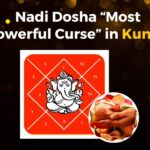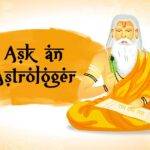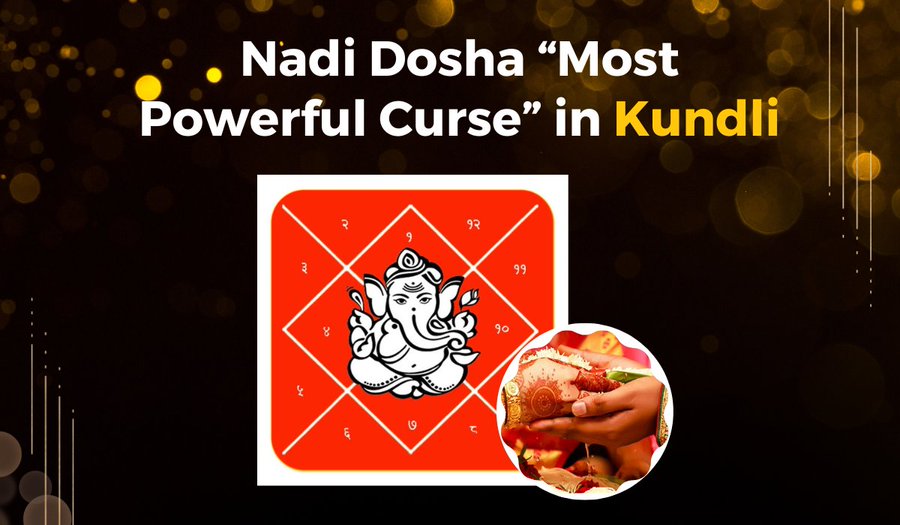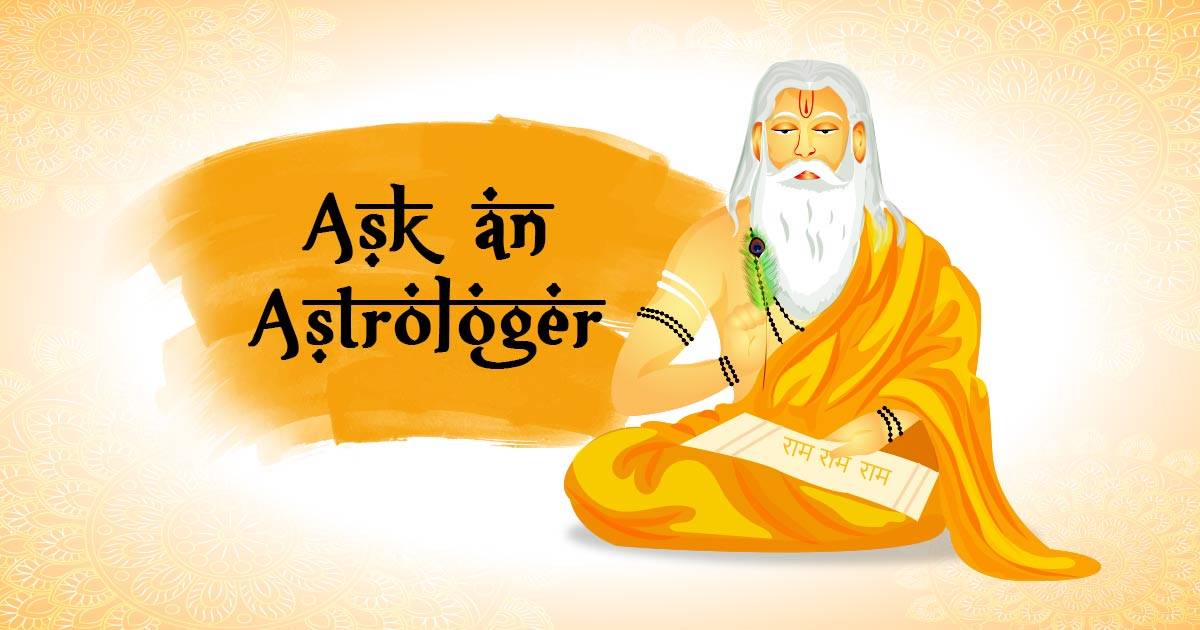Diwali is everyone’s favourite, correct?
It is the festival of lights, one of the most revered Hindu festivals.
Diwali, in essence, celebrates the victory of good over evil. Mythologically, it is the day when Lord Ram returns to his kingdom of Ayodhya.
He has accomplished triumph over the ten-headed demon king Ravan, of Lanka. He has saved his wife Sita from the abduction of Ravan.
Diwali has a beautiful underlying message for people. It is the time to reflect and conquer one’s inner demons and get rid of negativity.
Tarot cards, on the other hand, help us gain insight, and learn more about ourselves.
Let us look at Tarot cards that fit well with the Ramayana theme and explain how their meanings connect to this special festival of lights.
1. The Empress
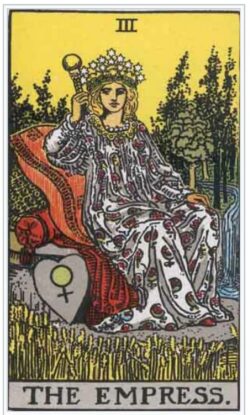
The Empress Card is the epitome of Sita.
The Empress Card is all about connection to the earth. Sita is the daughter of Mother Earth.
She is said to have emerged from the earth and, in the end, returned to the earth. Sita easily represents the qualities associated with the Empress card.
She is a symbol of feminine strength, motherhood, and nurturing. She was a devoted wife and later a loving mother to her twin sons, Luv and Kush.
There are many instances through this epic story that bring out her nurturing and protective qualities. Just like the Empress Card, Sita is the ultimate representation of fertility and pure love for people, animals, and nature in general.
Like Sita, we should be connected to earth. It is a pure essence that grounds us with abundance and love for nature.
2. The Chariot:
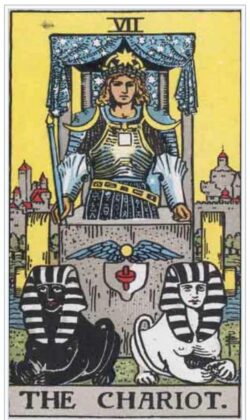
The Chariot card shows a man in a chariot, pulling two horses facing different directions towards the same direction.
The Chariot is all about perseverance, long term success, determination, and having a strong will.
Like the man riding the Chariot, Ram had a long and tough road to get back his wife Sita, who was abducted by Ravan. But Ram did not give up.
He built up a strong will and went to the extent of building a monkey army to rescue his wife and destroy the evil of Ravan.
At the end of this long road of perseverance, is success. It’s like a reminder that we need to be strong and determined and not cave in on tough times.
The long road will lead us to success in the end.
3. Strength:
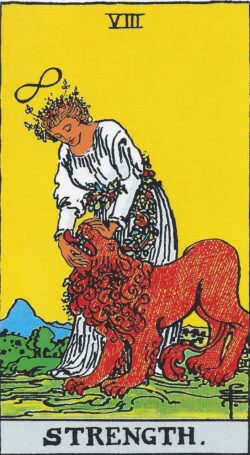
In the Strength card, we can see a lady gently taming a big lion.
This card is about finding the power within you – power that is emotional and mental, and not physical.
The card is about being kind, empathetic and most importantly, graceful in the wake of challenges.
Lord Ram was the epitome of mental strength. He was known for his composure and empathy even towards his enemies or people who did not wish him well.
His stepmother Kaikeyi wanted him to send him on an exile. Lord Ram readily understood her point of view and set out for his 14-year exile.
He was also willingly forgiving towards Kaikeyi when she regretted her folly later.
Similarly, Ram had nothing but sympathy for Ravan. Destroying Ravan was more of his ‘Dharma’ to conquer evil, rather than dislike or enmity towards Ravan or any person.
These are qualities that match with the Strength card that teach us to be mentally strong and composed. No matter what the situation in life is.
At times, it is this innate strength that will resolve issues for us, rather than using physical force or anger.
4. The Devil
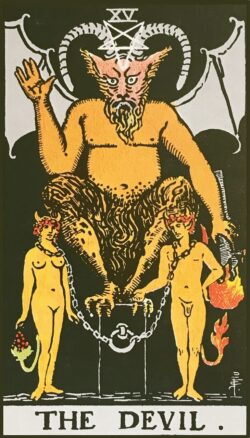
The Devil card in Tarot and the Ramayana can be connected through their shared themes of temptation, bondage, and the destructive consequences of negative desires and actions.
Ravan is often associated with qualities that parallel the symbolism of the Devil card.
Ravan’s temptation and lust for Sita, led him to commit heinous acts.
His inability to control these desires and his greed for power and possession ultimately result in his downfall.
The Devil card is often a red flag for us to relook and reassess our lives. Are we being too materialistic? Or are we addicted to something?
There are questions to be asked ourselves, every time the Devil card shows up in our reading.
5. The Tower

The Tower card is about sudden change and big transformations. It reminds us that sometimes, to make things better, we have to change or remove old things and give up on old notions, habits.
Tower Card is also about building strong foundations, being truthful and ensuring moral uprightness.
Ravan, the demon king of Lanka, stays in a beautiful and enviable palace. It is often depicted in mythology as a golden, opulent and towering structure.
This palace is eventually destroyed by Lord Hanuman when he sets Lanka on fire.
This can relate to a dramatic and sudden change in Ravan’s fortunes that come crashing down.
Dussehra, a festival that precedes Diwali and celebrates the victory of Ram over Ravan. It is about the downfall of an empire that was built on superficial values and ego.
Anything such is ephemeral and bound to fall.
6. The Sun:
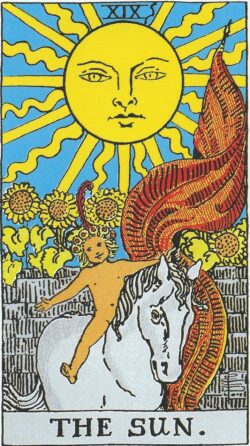
The Sun card is all about enlightenment, clarity, and positivity. It’s like breaking through problems and seeing a brighter day.
Diwali is all about lights, and so directly associated with the Sun, that illuminates the entire universe.
The Sun card is all about getting rid of bad stuff and bringing in better, more positive times.
There are many positive aspects that the Sun Card symbolizes – good luck, optimism, success, enthusiasm, etc.
What better connection can there be between Tarot and the festival of lights, that is symbolic of rejuvenation and hope.
Families declutter and clean up their homes, give away donations and gifts. It’s also a family reunion time for most families in India. Like the reunion of Ram, Sita and Lakshman with their entire family.
7. The World:
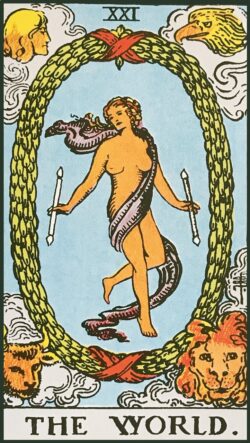
The World card means reaching a goal and feeling complete. It’s a sign of success after dealing with hard times.
Diwali is about Ram’s triumphant return to Ayodhya, bringing back dharma and marking the end of a difficult journey.
It is the reunification of Ram with his brothers, allies, and the people of Ayodhya, who love and revere their beloved king.
This sense of reunion and unity reflects the idea of completeness and harmony that the World card often conveys.
The World card is the coming together of all the hard work and determination, It is completing a full cycle of life after a long period of challenges and learning.
The World Card metaphorically symbolizes the victories of Lord Ram and achieving his life purpose.
Similarly, for us the journey of life is a tough long road, that should be persevered to accomplish the world at the end of the road.
The Ramayana Connection in Conclusion
Tarot cards and Ramayana both have common themes of victory, change, and the triumph of good over bad. Tarot cards like the above can help us understand these themes better.
It is good to understand the practical aspects from storytelling of Ramayana and finding inspiration during this most important festival of Diwali.
As we celebrate this festival, let’s remember that the stories behind Tarot Cards can help us connect with the stories of Ramayana. And hence, with the good vibes of Diwali, guiding us on our own journeys to success and personal growth.
Can you connect more cards in the Tarot deck with instances from Ramayana? Feel free to comment on write to me with your ideas.
If you find this article interesting, you might also like this article on Ramayana and the Minor Arcana Cards. Glimpse at how the Ramayana relates to the minor arcana cards of the Tarot deck.
Astrologer Navneet Khanna, is a former World Bank & SIDA consultant, he has held many prestigious projects in India and Africa before settling down in his native place, near Chandigarh and following his passion in Vedic Astrology. Navneet is very scientific and logical in his Predictions. He reasons his predictions because of which he has a worldwide following and people from many countries solve their problems with his help.
He is an expert in Marriage and Love Relationship. In Marriage Matching he does analysis of Guna Milan and also Grah Milan (Matching of the Planets) and will tell you effects and remedies of Nadi Dosha, Bhakoot Dosha & Gana Dosha if present.
He is an Expert Astrologer on Many Indian & Foreign Websites like myastrologysigns.com and a frequent writer for many national and international websites and magazines.
Navneet believes that Vedic Astrology is a vast subject, it is an ocean of knowledge and wisdom. It is simply up to the individual to jump into the ocean and extract the pearls. With his vast experience on occult subjects he has been associated with leading astrologers in India to promote astrology.
Navneet Khanna believes that the energy and inspiration behind him is the Blessings of the Almighty.
You may call / whatsapp him on his number +91-9417884861 .
